The strawberry diseases they are often cryptogamic, i.e. caused by fungal pathogens. Being probably the most loved small fruit in our country, it follows that the strawberry is widely cultivated even in vegetable gardens and domestic gardens. And it is also for this reason, therefore, that diseases are very common and it is necessary to know how to recognize them in time, intervening in the right way, with treatments and Organic products.
In this article, therefore, we see what the main diseases affecting strawberry plantsthe damage they cause to crops, the means of biological defense and agronomic prevention actions.
What are the main diseases of strawberries?
The diseases of strawberries that we will discuss in this article are: powdery mildew, botrytis (or gray mold), anthracnose and pitting. Let’s see them individually.
Strawberry powdery mildew
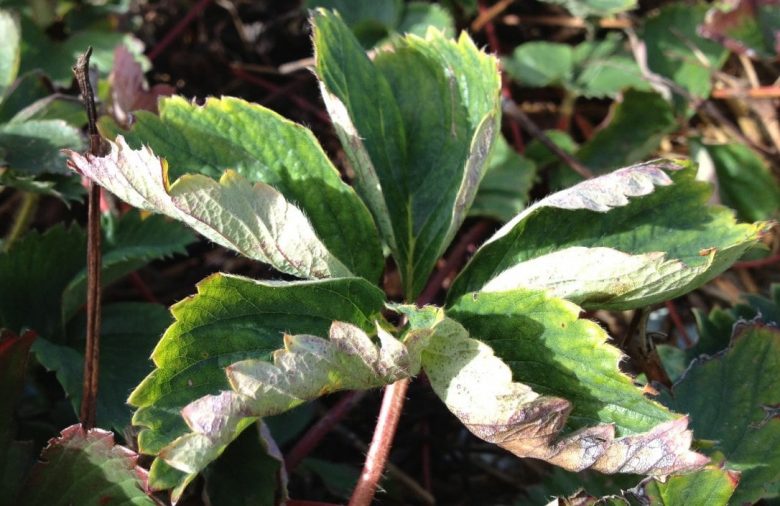
Powdery mildew is the most common and fearful disease that affects strawberry plants. It is widespread in all cultivation areas, both protected (greenhouse) and in the open field. Specifically, the powdery mildew of strawberries is caused by fungal pathogens Sphaerotheca macularis (sexual form) e Oidium fragariae (asexual form). The wintering of the pathogens occurs as quiescent mycelium in the stolons, or, in the sexual form, as cleistothecia, which differ in autumn on the various organs.
Also on this fruit the symptom is the typical one, that is the formation of a powdery whitish efflorescence which, on the strawberry, manifests itself on the underside of the leaves. Over time, the scrub spreads over much of the vegetation, the leaves roll up and deform, and finally dry up. Stolons, petioles, flowers and fruits are also susceptible to attack, especially in the pre-veraison phase. Then the plant stops its growth, aborts the flowers and rots the fruit.
Conditions favorable to the disease
The oidic infection is favored by conditions characterized by high environmental humidity, but not rain, and by temperatures that are not too high, around 18-20 ° C. These conditions are typical of spring and autumn. Conversely, the pouring rain washed away the powdery mildew conidia and stops the infection.
Biological defense with sulfur
The defense against this disease of strawberries can be implemented with different products allowed in organic. The most common is sulfur, in different formulations in powder, wettable and liquid form. Sulfur can be applied throughout the vegetative cycle of strawberries, therefore also when the disease is ongoing. To avoid burn problems due to high temperatures and excessive insolation, it is recommended to use liquid sulfurdecidedly less aggressive on vegetation than powdered sulfur, and with fewer side effects on beneficial insects.
Biological defense with Ampelomyces quisqualis
Among the alternative means to sulfur, the microorganism is very interesting Ampelomyces quisqualis, which can be used in autumn, so as to allow the bacterium to overwinter on the crop as a parasite of wintering cleistothecia. In this way, the microorganism constitutes a precious source of protective inoculum that counteracts the onset of powdery mildew in the following spring. It can also be used near the harvest, to avoid the problems of sulfur residues and unpleasant odors on the strawberries themselves. Sulfur e Ampelomyces quisqualis they are not mixable with each other.
Biological defense with potassium bicarbonate
As a further means of biological defense, the potassium bicarbonatean effective product that is easier to use than found in specialized stores.
Botrytis or gray mold of the strawberry

Another widespread disease of strawberries is gray mold or botrytis, caused by the pathogen Botrytis cinerea. This mushroom overwinters both as mycelium and as a sclerotium. It is ubiquitous and as soon as the ideal conditions for its development occur (temperatures between 15 and 25 ° C, humidity above 90% and prolonged leaf wetness) it can occur on strawberries. The most common symptom of botrytis is borne by the fruits, which first show a browning and are later covered with gray mold which makes them non-consumable.
Biological defense
In strawberries grown in greenhouses, the defense against botrytis is primarily based on the aeration of the structure, in order to avoid prolonged wetting of the leaves, due to humidity. In the open field, botrytis on strawberries is rarer, but still present. The use of the microorganism is recommended as a means of biological defense Bacillus subtiliswhich must be used in prevention, starting from flowering, in order to avoid the development of the pathogen itself.
Strawberry anthracnose

Strawberry anthracnose is a disease caused by the fungus Colletotrichum acutatum, pathogen that is preserved in infected plant residues and in the soil in quiescent mycelial form, or as acervulus. This disease on strawberries occurs mainly in the spring-summer months, with temperatures of 24-25 ° C. The symptoms are visible primarily on the stolons, with necrotic and sunken notches that slowly extend to the entire circumference. Anthracnose causes the distal part to dry out. Sometimes the disease also appears on leaf petioles and fruits. The latter may show necrotic, stringy and sunken notches.
Biological defense
The biological defense from this strawberry fungal disease it is carried out using products based on copper salts, in particular copper hydroxide.
Strawberry pitting

We close this roundup on the diseases of strawberries with pitting, caused by the pathogen Mycospherella fragariae. It is a very common cryptogamic disease on strawberries, which determines the appearance of very small (2-3 mm in diameter), dark red leaf spots. These spots, as the disease progresses, widen, taking on a grayish appearance with a reddish halo. The affected leaves undergo desiccation, compromising the normal vegetative cycle of the plant.
Biological defense
Against the pitting of strawberries, the prophylaxis described above for botrytis is valid. It is also possible to carry out a treatment with copper salts at the very first appearance of symptoms.
How to prevent strawberry diseases
But let’s see what the correct agronomic practices to be put in place to prevent the diseases of strawberries just described. In general, fungal pathogens find space and a way to proliferate when cultivation presents critical issues. Here are our recommendations.
Sixth of implant
First of all, it is necessary to plant the strawberries with an adequate planting layout, without bringing the plants too close, hoping to obtain greater production. The circulation of the air between the vegetation allows to strongly limit the powdery mildew and the botrytis.
Water stagnation and fertilizations
Another precaution is to avoid water stagnation by performing balanced irrigations. Excess standing water in the soil is the main cause of all fungal diseases. Even organic fertilizations should be done in a balanced way, so as not to cause excess vegetation.
Destruction of infected vegetation
Another good agronomic practice is to destroy infected crop residues, perhaps from a crop that has gone badly. Plant fungi are nothing more than microorganisms, very good at surviving on the remains of vegetation.
Remove the diseased parts from the strawberries
In addition to eliminating infected residues, it is advisable to remove the first parts marked by the disease from live plants, for example a few leaves. This way we have a chance to stop it in the bud. This is a feasible operation in the home, obviously impossible on extensive strawberry crops.
Use healthy nursery material
Strawberry diseases often come directly from the nursery, so it is important to contact serious nurserymen, who do not sell already infected seedlings.
Preventing strawberry diseases with mycorrhizae
Finally, a general advice that applies to the prevention of all fungal diseases, on strawberries and more: the use of mycorrhizae.
Mycorrhizae, especially those of the genus Trichodermaare symbiont mushrooms that are used as biocontrol agents against cryptogamic adversities. They act by activating the following mechanisms of action: antibiosis, parasitism, induction of resistance in the plant, competition with the pathogen.
They are used preventively, on the ground, even before planting strawberries. If you want to experience the benefits in your garden or orchard, the found in stores dedicated to organic agriculture.

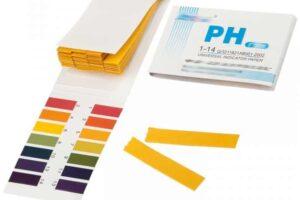
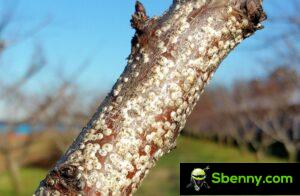
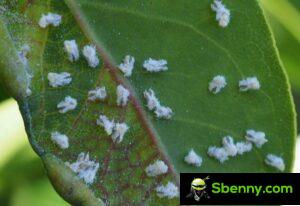
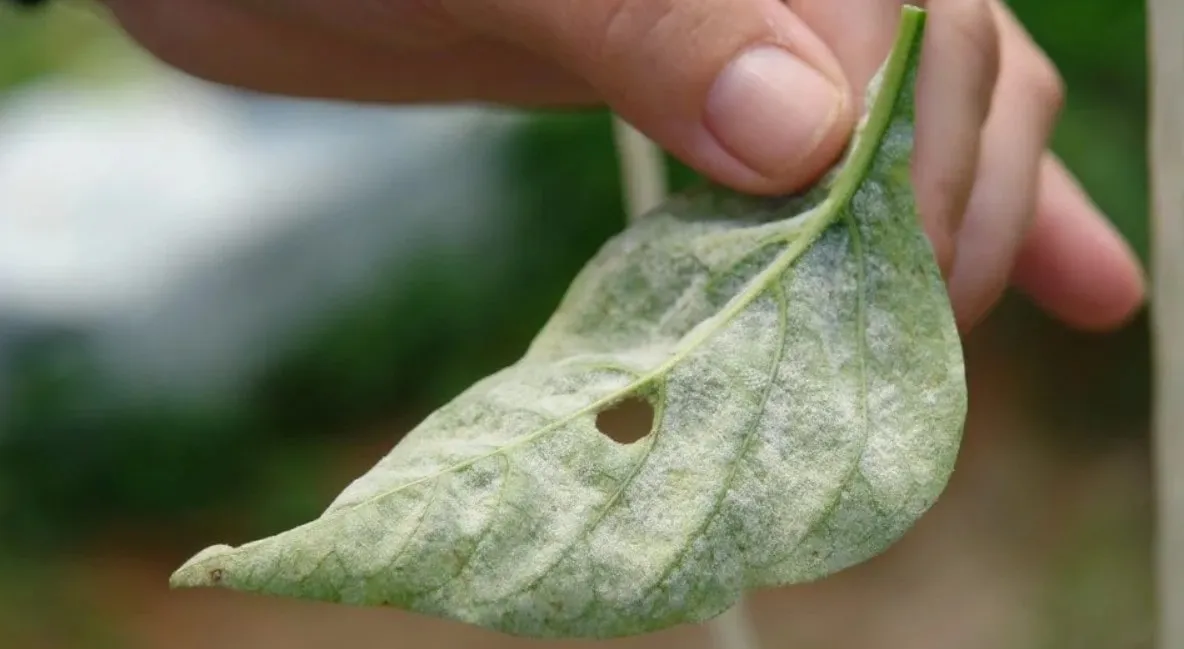
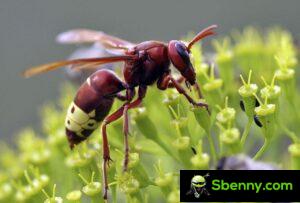
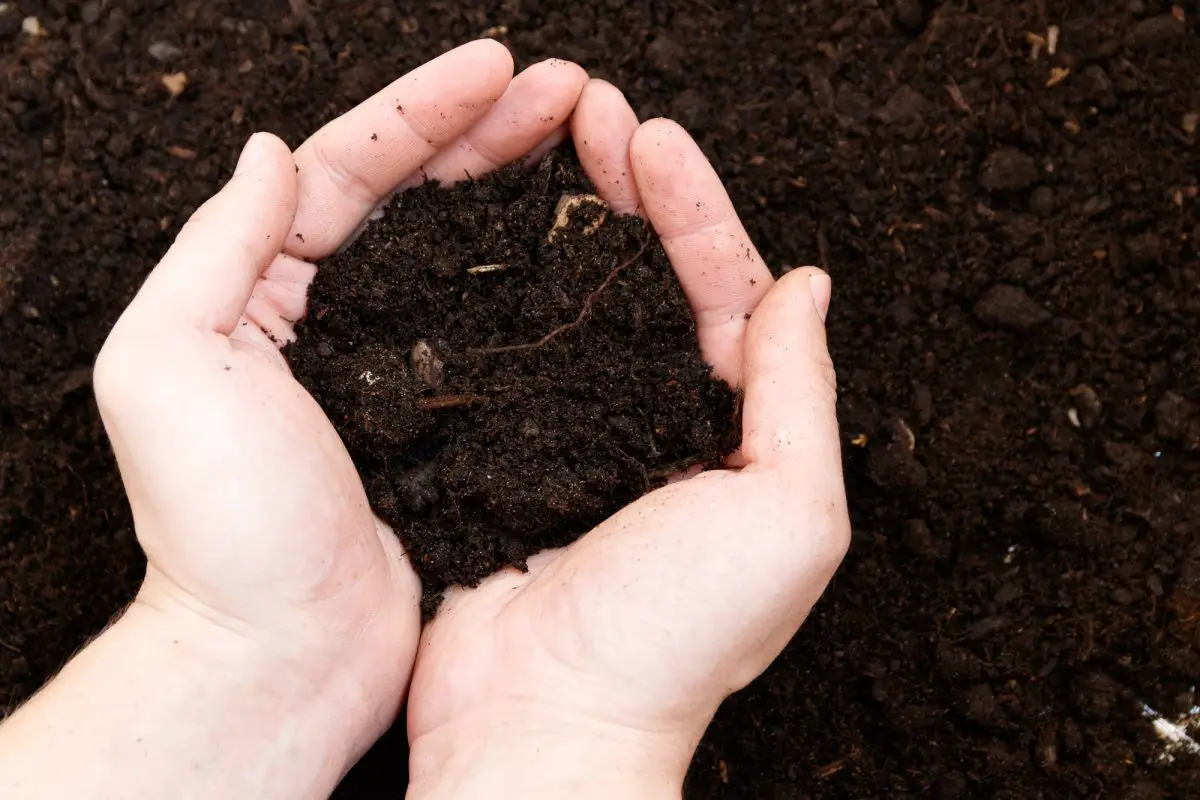
Start a new Thread